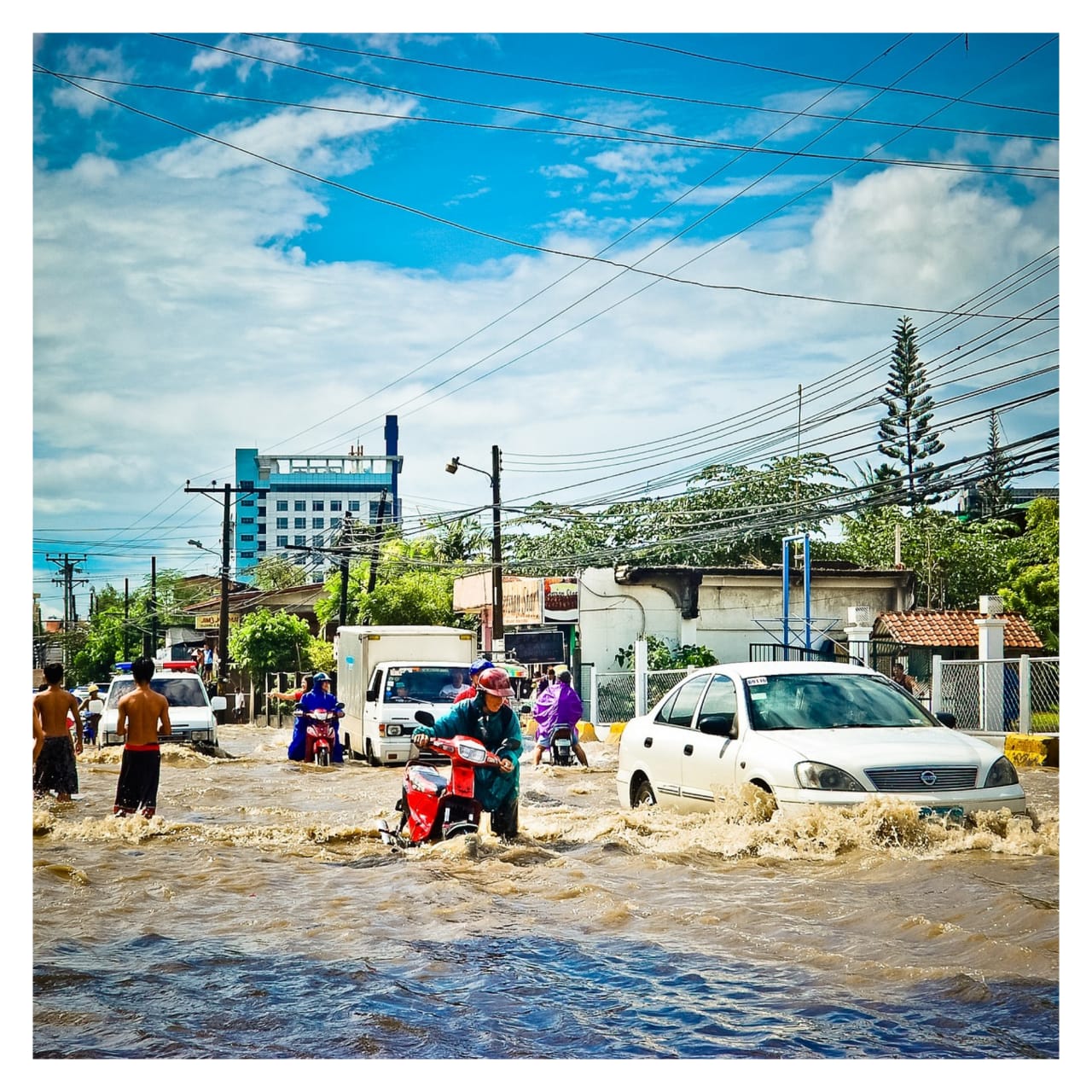Every Year we listen to the tv sets, radio, and newspaper buzzing with the news of floods in Assam and how millions of lives are being affected and how this naturally occurring disaster is costing lives, millions displaced and destroying everything which comes in contact crops, infrastructure, houses, etc. This year too Assam has witnessed a deadly flood, over 24 lakh people have been affected according to the Assam State Disaster Management Authority.
But the question stays why Assam floods every year?
The topography of the area suggests that the Brahmaputra serves as the largest water body, connecting all the channels and other small water bodies in Assam. The combined effect of monsoon rains and the rivers originating from the Himalayas increases the water level of Brahmaputra and during summers the melting of glaciers coincides with rain resulting in heavy flooding in the area. With the growing population in the Brahmaputra valley and faulty urban and rural planning, the pressure on man-made Embankments has also increased. This natural phenomenon earlier was celebrated by the people of Assam because the floods helped in irrigation but now with the increasing threat of climate change irregular weather trends these floods are now one of the major issues in Assam.
What’s the reason behind the failure of Embankments?
Well, it’s very easy and convenient for a politician to point out the faulty embankments and walk away from the scene, the construction companies who are getting paid in big sums can again work on the same site year after year. Assam started making these embankments from the year 1960 many of these embankments had outlived their service period. Due to a lack of repairs and failure of embankments, it has been an annual occurrence since the 2000s. River embankments are constructed or repaired from the funds allocated to Assam State Disaster Management Authority (ASDMA),
Thousands reside alongside the embankments and with the growing population, the scenario is getting grimmer day by day, when the flood hits it costs life, money, crops, and a huge loss of infrastructure.
How Climate Change is accelerating the phenomenon?
With the meltdown of glaciers in Eastern Himalayas due to the Greenhouse Effect the water in the Brahmaputra is increasing faster, due to constant deforestation, the ecosystem in the area is becoming fragile, the topsoil is now exposed and soil erosion is also a major problem. Due to prolonged summers, the melting of Himalayan glaciers and the monsoon in Assam are coinciding which is increasing the severity of floods.
If climate change continues with the present pace these floods will become more severe and no engineering intervention could control the massive Brahmaputra River, So what can be the measures taken?
Solution
Improve the Condition of already established Embankments and don’t waste money on building new ones. The diversion of water to the sea or to the areas with water shortage by linking the rivers and small seasonal streams falling into the Brahmaputra. The flood plains of Brahmaputra must be de-populated and further encroachment must be stopped. An integrated plan with a properly defined timeline is required for undoing the biodiversity loss. As the dams over the Brahmputra are oriented only towards hydroelectric purposes they are unable to store surplus volumes of water during monsoon. New dams with large storage volumes are required upstream of the Brahmaputra River.
These measures are only temporary arrangements, as according to Prof. Nayan Sharma of IIT Roorkee “there is no permanent solution to this problem, we should look for a durable one”
The only permanent solution to these disasters is to depopulate the area and to control climate change.
although this is a very heavy and expensive measure, this one time investment can solve the issue of Assam floods for a very long time saving thousands of crores.
And last but the most important one is preservation and restoration of the environment.
- SUJOY TARAFDAR
